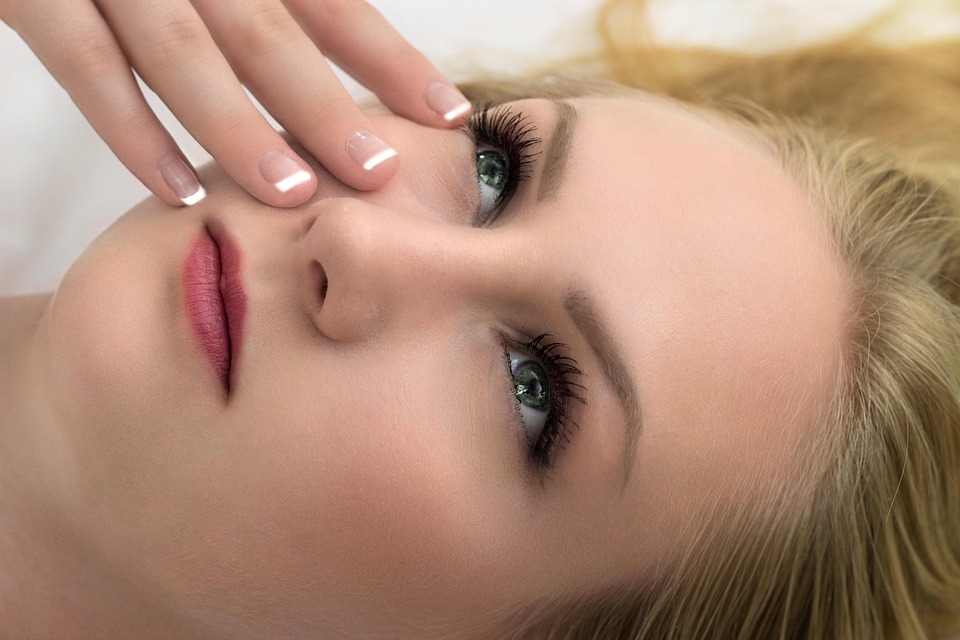Creating a skincare routine can feel overwhelming, especially with so many products and conflicting advice available online. But the truth is, a good skincare routine doesn’t have to be complicated. It should be tailored to your skin’s specific needs, easy to follow, and built around consistency.
Whether you’re just getting started or want to fine-tune your current routine, this guide will help you build a skincare regimen that truly works for you.
Step 1: Know Your Skin Type
Before you buy any products or start a routine, identify your skin type. Using the wrong products can do more harm than good.
The five basic skin types are:
- Normal – balanced, not too oily or dry
- Oily – shiny, often with enlarged pores and acne-prone
- Dry – flaky, tight, or rough texture
- Combination – oily in some areas (usually T-zone) and dry in others
- Sensitive – easily irritated, prone to redness or allergic reactions
Your skin type can change with age, weather, or hormones, so check in with your skin regularly.
Step 2: Start with the Basics
A solid skincare routine only needs a few essential steps. Start simple and build as needed.
1. Cleanser
Purpose: Removes dirt, makeup, oil, and impurities.
Choose a gentle cleanser that suits your skin type. Avoid using bar soaps or anything with harsh sulfates. Cleanse twice a day — once in the morning and once before bed.
2. Moisturizer
Purpose: Keeps your skin hydrated and strengthens the skin barrier.
Even oily skin needs moisturizer. Choose a light, non-comedogenic product if your skin is acne-prone, and a richer cream for dry skin.
3. Sunscreen
Purpose: Protects against UV damage, aging, and skin cancer.
This is the most important step for long-term skin health. Use a broad-spectrum SPF 30 or higher, and apply it every morning, even on cloudy days or when staying indoors.
These three steps — cleanse, moisturize, protect — form the foundation of any effective routine.
Step 3: Add Treatments Based on Your Skin Goals
Once your basic routine is solid, you can begin to add targeted treatments for specific concerns like acne, dark spots, wrinkles, or dullness.
Here are some common treatment categories:
1. Exfoliants
- Chemical exfoliants like AHAs (glycolic acid) and BHAs (salicylic acid) dissolve dead skin cells and unclog pores.
- Use 1–3 times a week depending on your skin’s tolerance.
- Avoid physical scrubs with harsh particles, which can cause microtears.
2. Serums
- Serums are lightweight, concentrated formulas.
- Common ingredients:
- Vitamin C – brightens and evens tone
- Niacinamide – reduces oil and redness
- Hyaluronic Acid – hydrates and plumps
- Retinol – smooths fine lines and boosts cell turnover (use at night)
3. Spot Treatments
- Designed to target pimples, dark spots, or irritation.
- Apply only where needed and avoid overuse.
Step 4: Create a Simple AM and PM Routine
A well-structured routine follows a daily rhythm. Here’s a sample layout:
Morning Routine
- Cleanser
- Vitamin C serum (optional)
- Moisturizer
- Sunscreen (SPF 30+)
Night Routine
- Cleanser
- Treatment (exfoliant, retinol, or serum — not all at once)
- Moisturizer
Pro Tip: Introduce new products one at a time. Wait a few days to see how your skin reacts before adding another.

Step 5: Be Consistent, Not Perfect
Skincare is about what you do most of the time, not having a flawless routine every day. The key to results is consistency.
Here’s how to stay on track:
- Keep your routine visible — organize your products on your counter.
- Make it a relaxing ritual, not a chore.
- Set a reminder if needed for applying sunscreen or nighttime steps.
Step 6: Don’t Fall for the Hype
The skincare industry is full of trends and viral products. Some may work wonders, others are just marketing. Stick to proven ingredients, especially in the beginning.
Avoid:
- Overloading on too many actives
- Mixing incompatible ingredients (e.g., retinol and AHAs)
- Switching products too often
- Using TikTok as your only skincare source
Listen to your skin more than influencers.
Step 7: Monitor and Adjust
Check in with your skin regularly. Is it too dry? Breaking out more? Red and irritated? These signs can indicate it’s time to adjust.
Also, factor in changes like:
- Weather/Season – You may need heavier moisturizers in winter and lighter formulas in summer.
- Lifestyle – Stress, diet, and sleep affect your skin.
- Age – Mature skin may need added hydration and anti-aging support.
Documenting your progress with selfies every few weeks can help you track real changes and keep motivated.
Step 8: When to See a Dermatologist
If you have persistent acne, eczema, hyperpigmentation, or any condition that doesn’t improve with over-the-counter care, see a dermatologist. They can prescribe stronger treatments and help guide your skincare journey.
A good skincare routine is self-care — but it’s okay to get professional help too.
Your Routine, Your Rules
Ultimately, the best skincare routine is the one you can stick to and that fits your skin’s unique needs. Start small, stay consistent, and be patient — healthy skin takes time.
No one’s skin is perfect, and that’s okay. Focus on caring for your skin rather than controlling it, and over time, you’ll see and feel the difference.
